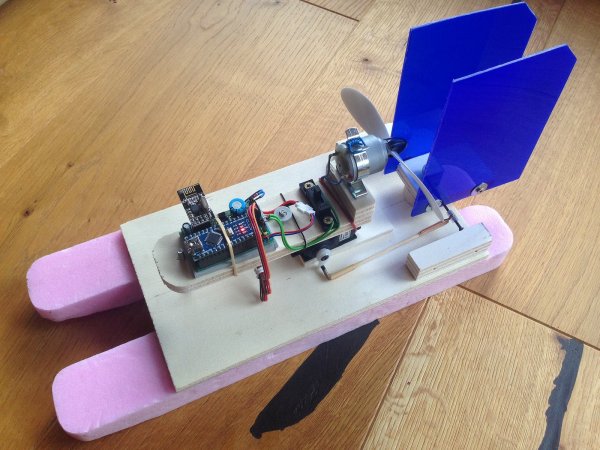Richard Feynmann noted more than once that complementarity is the central mystery that lies at the heart of quantum theory. Complementarity rules the world of the very small… the quantum world, and surmises that particles and waves are indistinguishable from one other. That they are one and the same. That it is nonsensical to think of something, or even try to visualize that something as an individual “particle” or a “wave.” That the particle/wave/whatever-you-want-to-call-it is in this sort of superposition, where it is neither particle nor wave. It is only the act of trying to measure what it is that disengages the cloaking device and the particle or wave nature is revealed. Look for a particle, and you’ll find a particle. Look for a wave instead, and instead you’ll find a wave.
Complementarity arises from the limits placed on measuring things in the quantum world with classical measuring devices. It turns out that when you try to measure things that are really really really small, some issues come up… some fundamental issues. For instance, you can’t really know exactly where a sub-atomic particle is located in space. You can only know where it is within a certain probability, and this probability is distributed through space in the form of a wave. Understanding uncertainty in measurement is key to avoiding the disbelief that hits you when thinking about complementarity.
This article is a continuation of the one linked above. I shall pick up where I left off, in that everyone agrees that measurement on the quantum scale presents some big problems. However, not everyone agrees what these problems mean. Some, such as Albert Einstein, say that just because something cannot be measured doesn’t mean it’s not there. Others, including most mainstream physicists, say the opposite — that if something cannot be measured, it for all practical purposes is not there. We shall continue on our journey by using modern technology to peer into the murky world of complementarity. But first, a quick review.














